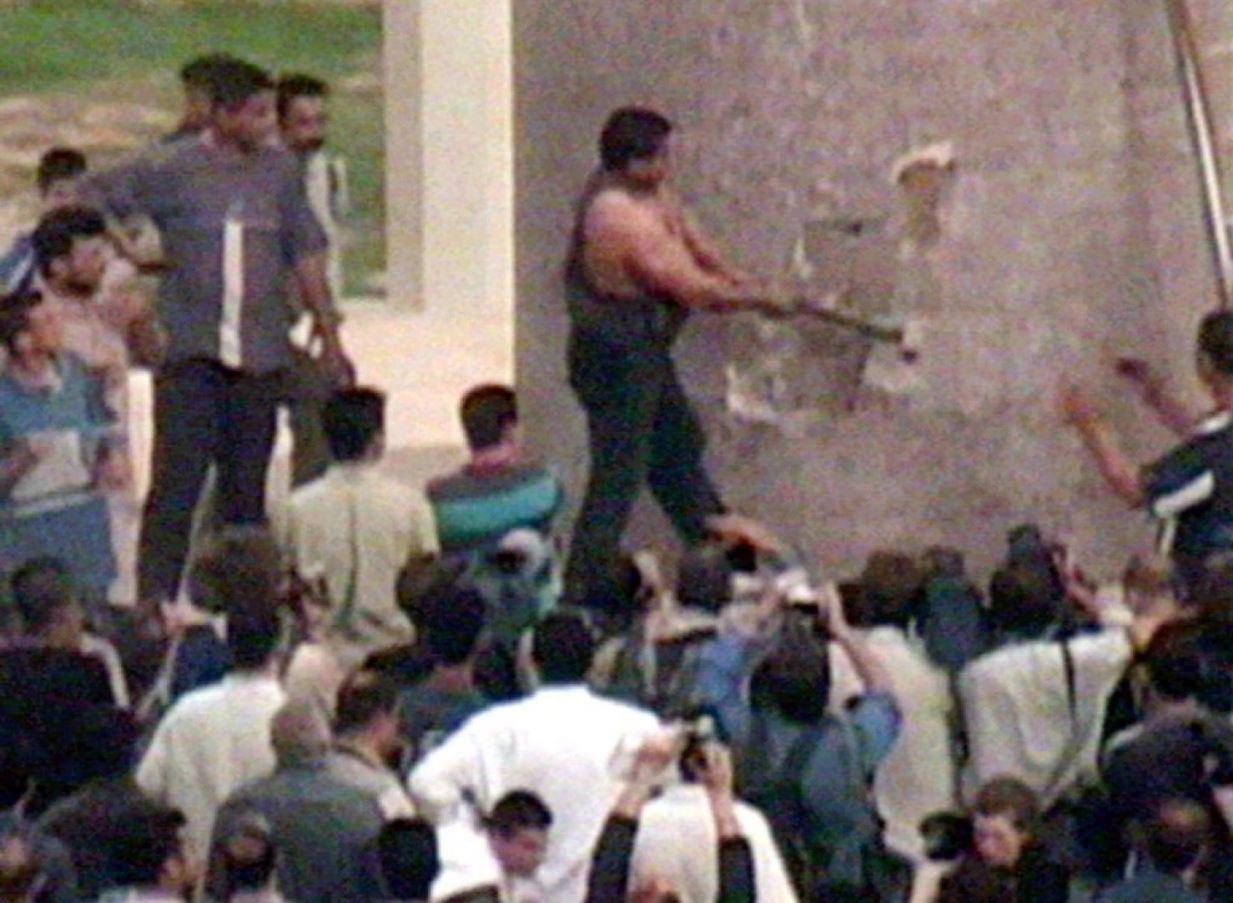PatYoung
Well-Known Member
- Joined
- May 14, 2019
- Messages
- 228
- Reaction score
- 415
An interesting article on the Confederate monuments of South Carolina as a product of Jim Crow:
https://www.charlestoncitypaper.com/charleston/sc-confederate-monuments-remain-as-a-symbol-of-black-subjugation/Content?oid=28290077
[hr]
From the article:
[font=Verdana, Arial, Helvetica, sans-serif]White racist resentment against the modest progress African Americans made during Reconstruction fueled the relentless campaign of terror that followed. At the ballot box and elsewhere, through Jim Crow laws and lethal violence, black folks were prevented from exercising their civil rights. That suppressive effort was visibly manifest in monuments to the Confederacy, erected in numbers across this state that made evident the white supremacist zeal with which they were put up.[/font]
[font=Verdana, Arial, Helvetica, sans-serif]Black South Carolinians, of course, were allowed no input about having these markers populate public spaces through which both African Americans and whites moved. Their voices in opposition to the erection of tributes to the Confederacy — a nation whose own founders explicitly cited black slavery as its founding principle; whose Constitution prohibited all laws blocking "the right of property in negro slaves" — were silenced by the ever-present threat of racial terror violence. Like African Americans throughout the South, they were forced to live amongst Confederate idols, which often stood on towering pedestals, strategically placed near courthouses and statehouses, where they functioned as reminders of the racial order and tacit warnings not to step outside of it. Black Charlestonian teacher and civil rights activist Mamie Garvin Fields wrote about how black Charleston in the 1890s regarded the statue of John C. Calhoun, who infamously proclaimed slavery a "positive good." "As you passed by," Fields noted in her memoir, "here was Calhoun looking you in the face and telling you, 'N*gger, you may not be a slave, but I am back to see you stay in your place.'"[/font]
[font=Verdana, Arial, Helvetica, sans-serif]Well into the 20th century, Confederate monuments remained a keystone of white South Carolina's retaliatory response to black folks' meager Reconstruction-era civil rights gains. Just over 10 years after Northern troops left the state, the Calhoun statue was dedicated, one of dozens of symbols of white defiance against black equality. The same principle was at work more than 160 years later when South Carolina's neo-Confederate legislators governed from a place of anger about the movement of the Confederate flag from one part of the Statehouse to another. Despite having already achieved a victory for the status quo, the illusory threat of black racial progress provoked a legislative whitelash in the form of the Heritage Act. That law, held up against the backdrop of history, reveals itself as a modern update to a very old American idea. The Newtonian law of white supremacy is that for every black civil rights step forward, there must be a retaliatory push back.[/font]
https://www.charlestoncitypaper.com/charleston/sc-confederate-monuments-remain-as-a-symbol-of-black-subjugation/Content?oid=28290077
[hr]
From the article:
[font=Verdana, Arial, Helvetica, sans-serif]White racist resentment against the modest progress African Americans made during Reconstruction fueled the relentless campaign of terror that followed. At the ballot box and elsewhere, through Jim Crow laws and lethal violence, black folks were prevented from exercising their civil rights. That suppressive effort was visibly manifest in monuments to the Confederacy, erected in numbers across this state that made evident the white supremacist zeal with which they were put up.[/font]
[font=Verdana, Arial, Helvetica, sans-serif]Black South Carolinians, of course, were allowed no input about having these markers populate public spaces through which both African Americans and whites moved. Their voices in opposition to the erection of tributes to the Confederacy — a nation whose own founders explicitly cited black slavery as its founding principle; whose Constitution prohibited all laws blocking "the right of property in negro slaves" — were silenced by the ever-present threat of racial terror violence. Like African Americans throughout the South, they were forced to live amongst Confederate idols, which often stood on towering pedestals, strategically placed near courthouses and statehouses, where they functioned as reminders of the racial order and tacit warnings not to step outside of it. Black Charlestonian teacher and civil rights activist Mamie Garvin Fields wrote about how black Charleston in the 1890s regarded the statue of John C. Calhoun, who infamously proclaimed slavery a "positive good." "As you passed by," Fields noted in her memoir, "here was Calhoun looking you in the face and telling you, 'N*gger, you may not be a slave, but I am back to see you stay in your place.'"[/font]
[font=Verdana, Arial, Helvetica, sans-serif]Well into the 20th century, Confederate monuments remained a keystone of white South Carolina's retaliatory response to black folks' meager Reconstruction-era civil rights gains. Just over 10 years after Northern troops left the state, the Calhoun statue was dedicated, one of dozens of symbols of white defiance against black equality. The same principle was at work more than 160 years later when South Carolina's neo-Confederate legislators governed from a place of anger about the movement of the Confederate flag from one part of the Statehouse to another. Despite having already achieved a victory for the status quo, the illusory threat of black racial progress provoked a legislative whitelash in the form of the Heritage Act. That law, held up against the backdrop of history, reveals itself as a modern update to a very old American idea. The Newtonian law of white supremacy is that for every black civil rights step forward, there must be a retaliatory push back.[/font]







